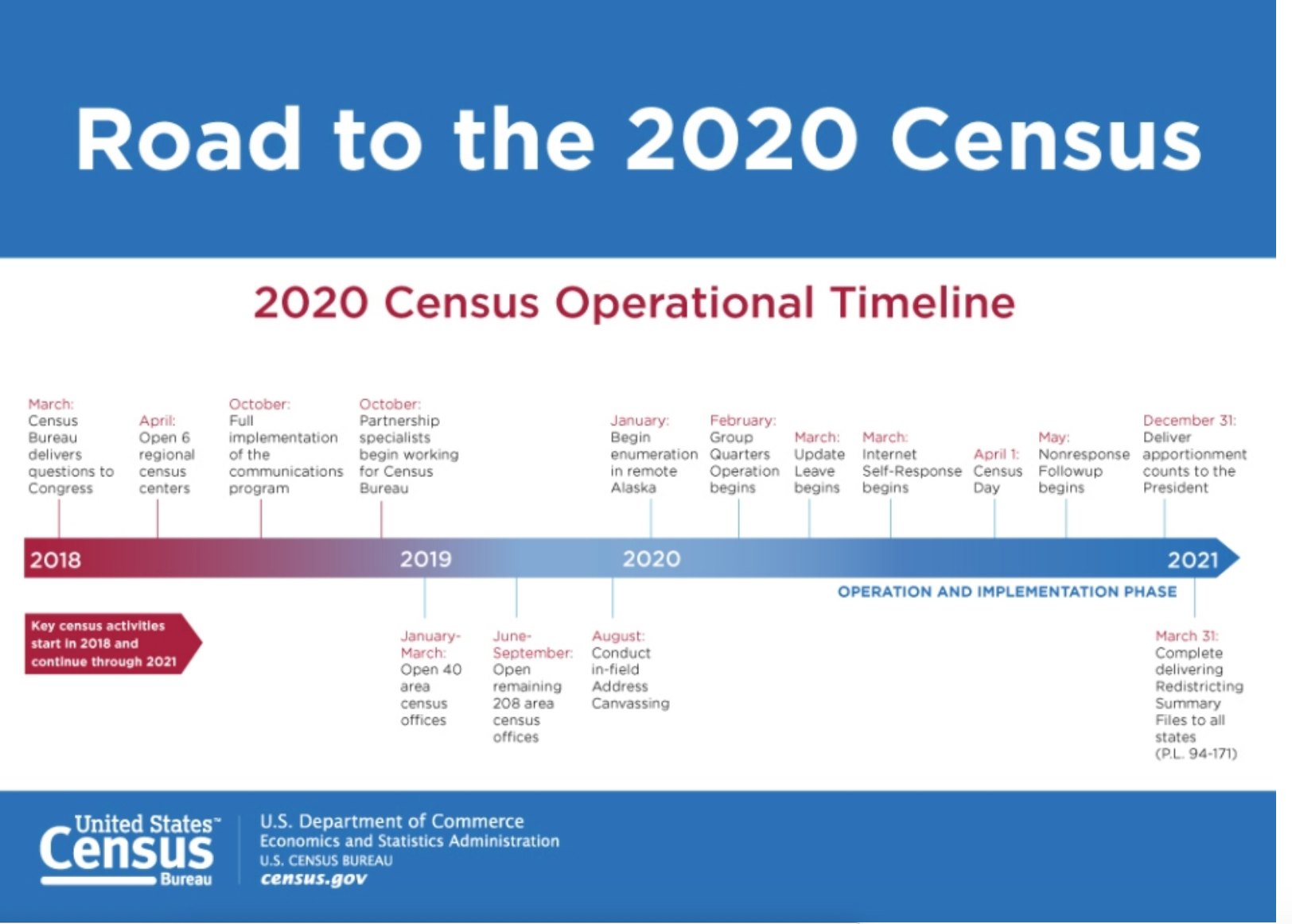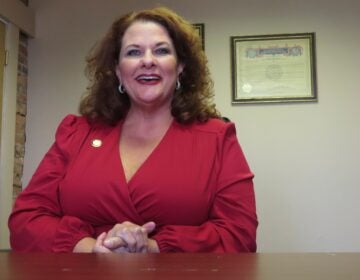Efforts underway to maximize census count in New Jersey
With less than six months to Census Day, federal officials have finished their preparatory work in the state

With less than six months to Census Day, federal officials have finished their preparatory work in the state. (Michelle R. Smith/AP Photo)
This article originally appeared on NJ Spotlight.
–
With less than six months until Census Day, federal officials have finished their preparatory work in New Jersey and officials here are ramping up efforts to get the most accurate count of all residents.
Earlier this month, the U.S. Census Bureau completed its address-canvassing effort in the state, which involved about 500 workers verifying addresses in each county to ensure the bureau asks people living in every housing unit to complete next year’s decennial population count, said Roberto Frugone of the agency’s New York Regional center.
A count of the nation’s population is mandated by the Constitution to occur every 10 years. April 1 is the official 2020 Census Day.
To get the most accurate count of housing units, the bureau consulted with the U.S. Postal Service and state and local officials and also used computer software to compare satellite imagery to locate new developments and changes in homes since the 2010 Census. Officials verified 65 percent of addresses nationwide using satellite imagery.
Beginning in August, workers then visited all parts of the state to verify addresses that could not be confirmed using other means. According to an online Census-mapping tool, Sussex County had the greatest proportion of addresses needing verification — nearly 36% — while Bergen County had the smallest or about 16%.
The bureau plans to begin sending information on how to fill out the questionnaire to verified addresses in March. Officials hope most will file their forms online.

New Jersey officials are continuing to gear up for the April 1 national nose-count with a goal of getting as many residents as possible to complete the Census and be counted.
An accurate Census count is important so that New Jersey gets its fair share of federal funding — in 2016, the state received an estimated $23 billion in aid based on population. Census counts are also used to determine how many members each state gets to send to the House of Representatives. The more members of Congress a state has, the greater its potential clout in Washington.
In 2010, when fewer than three-quarters of New Jerseyans answered the census, the state lost a seat in the House because the measure of its population had not grown by as much as other states had in the previous decade.
Some groups of people are considered harder to count than others, including undocumented immigrants, non-English speakers and children under 5.
The City University of New York Graduate Center’s Hard to Count map estimates that nearly 25% of the state’s population lives in hard-to-count neighborhoods — places where fewer than three-quarters of residents sent back their Census forms in 2010. These areas are home to more than half of the state’s African Americans, 40 percent of Hispanics and 21 percent of Asians.
‘Beginning to mobilize’
To try to boost response rates, more than 120 municipalities, counties, and organizations throughout the state have now set up complete-count committees, according to the Census Bureau. Newark, Jersey City, and several other cities have more than one committee, with some groups focused on specific neighborhoods and others on particular ethnic groups.
“More communities are beginning to mobilize,” said Alana Vega of Advocates for Children of New Jersey, which is involved in the efforts.
Still, not every area considered hard to count has created a committee, she pointed out.
Camden County has formed a committee, but the US Census Bureau does not list any local committees in the city of Camden. All but one area of the city is considered hard to count, with three neighborhoods having had 2010 response rates of 65 percent or less.
The state’s Complete Count Commission issued a report three months ago providing a litany of suggestions to maximize New Jersey’s response. These include a statewide multimedia marketing campaign in several languages, an army of local volunteers to work to persuade friends and neighbors to be counted and school-based lessons designed to get children to persuade their parents to complete the census.
Funding available for Census groups
New Jersey’s effort has a $9 million budget, thanks to lawmakers’ adding $7 million to the $2 million originally requested by Gov. Phil Murphy. The commission has not specified exactly how it plans to spend that money. Some undoubtedly will fund the marketing campaign, but there is also money available to counties and nonprofit organizations working on the Census.
Nonprofits are eligible for grants of between $25,000 and $50,000, while counties can receive between $50,000 and $450,000. Funding levels will be based on population, number of hard-to-count areas and previous low-response rates, according to the applications.
There are nine goals of the grants, including to educate the public about the Census, encourage public participation and establish community census-support centers. The state is accepting applications through Oct. 31 and funds can be used for activities undertaken between Nov. 12 and June 30, 2020.
Next up for the Census Bureau is the hiring of roughly 500,000 people to fill temporary jobs as census takers across the country next year. The bureau plans to launch its recruitment drive next week.
WHYY is your source for fact-based, in-depth journalism and information. As a nonprofit organization, we rely on financial support from readers like you. Please give today.




